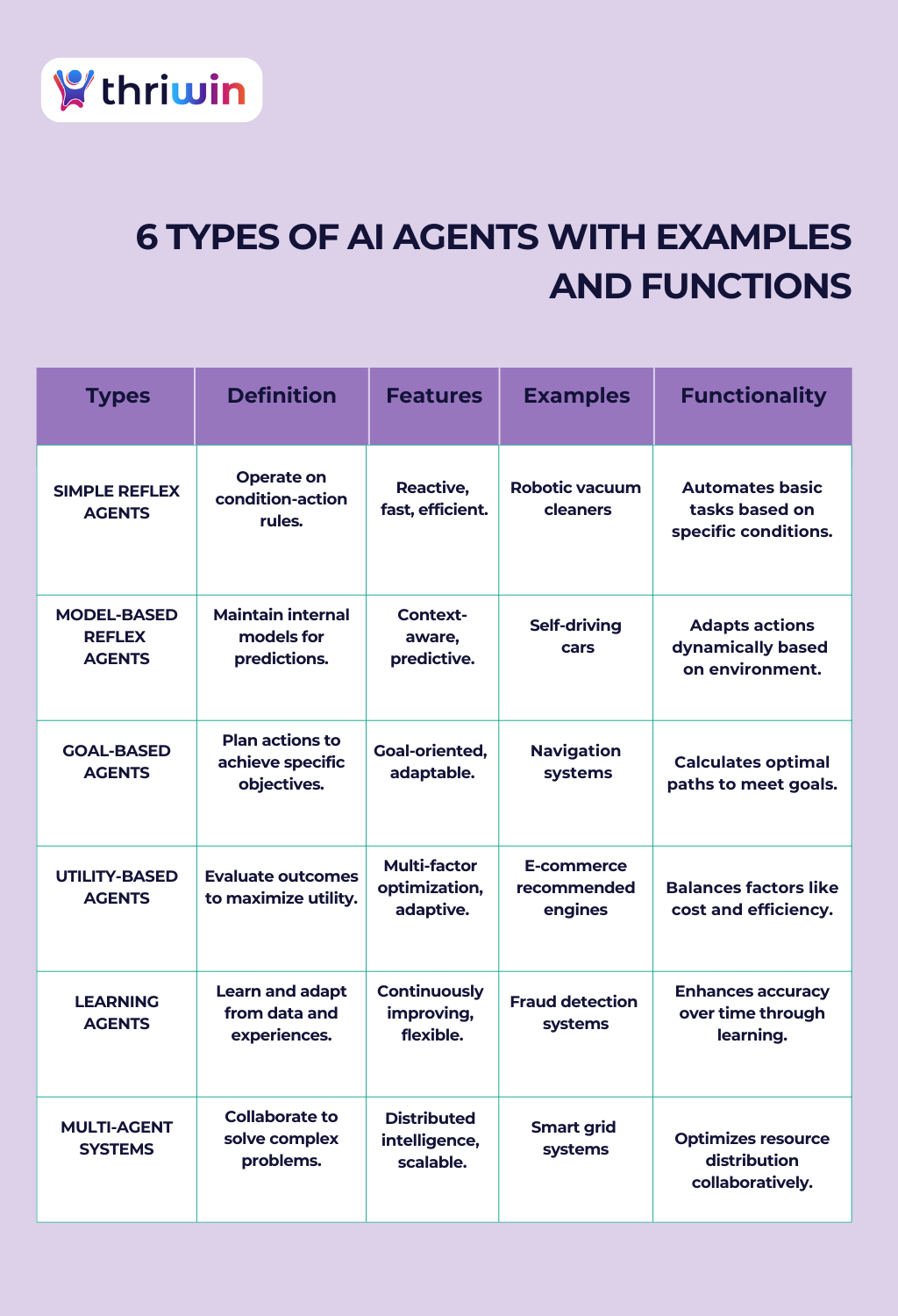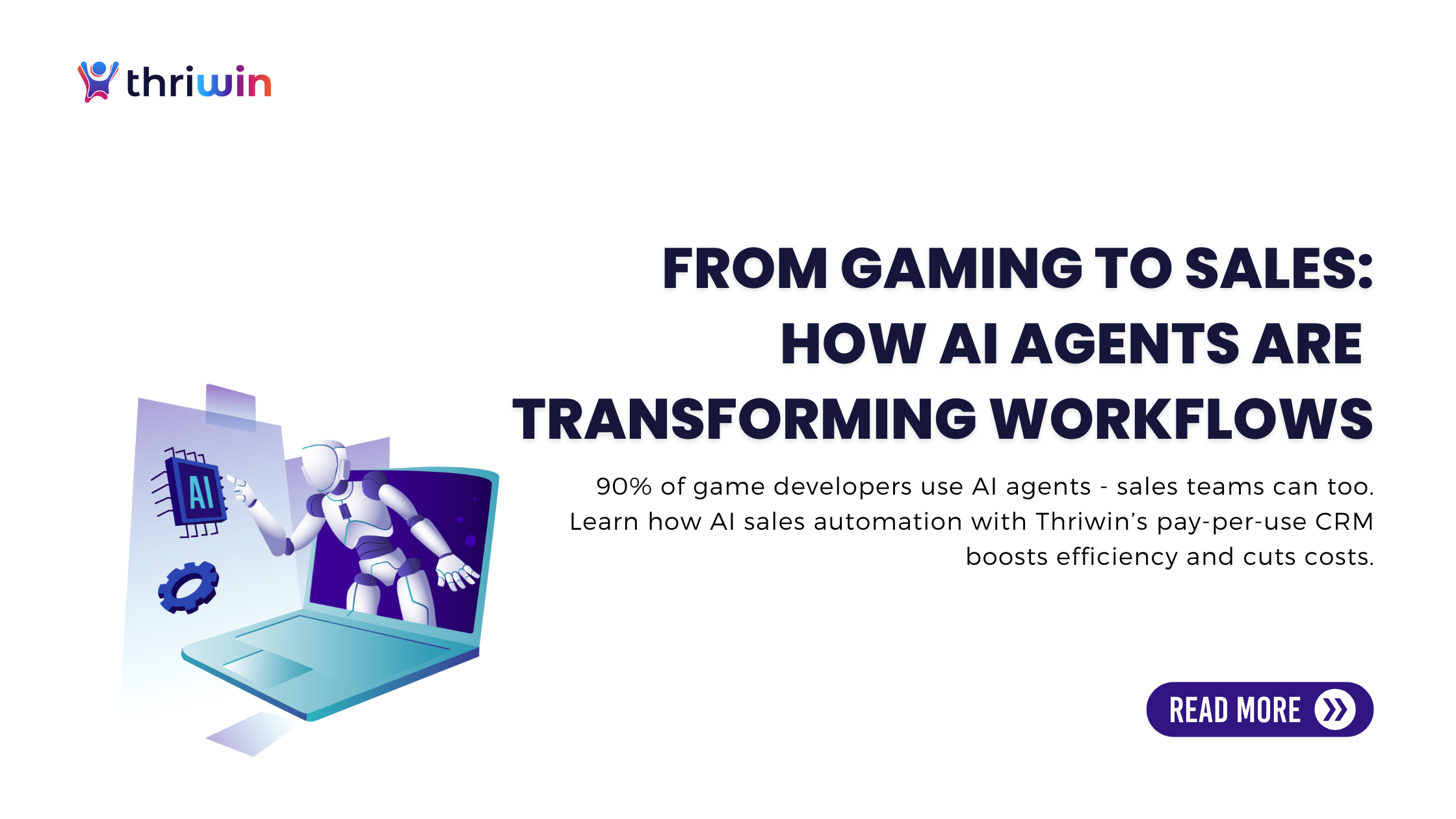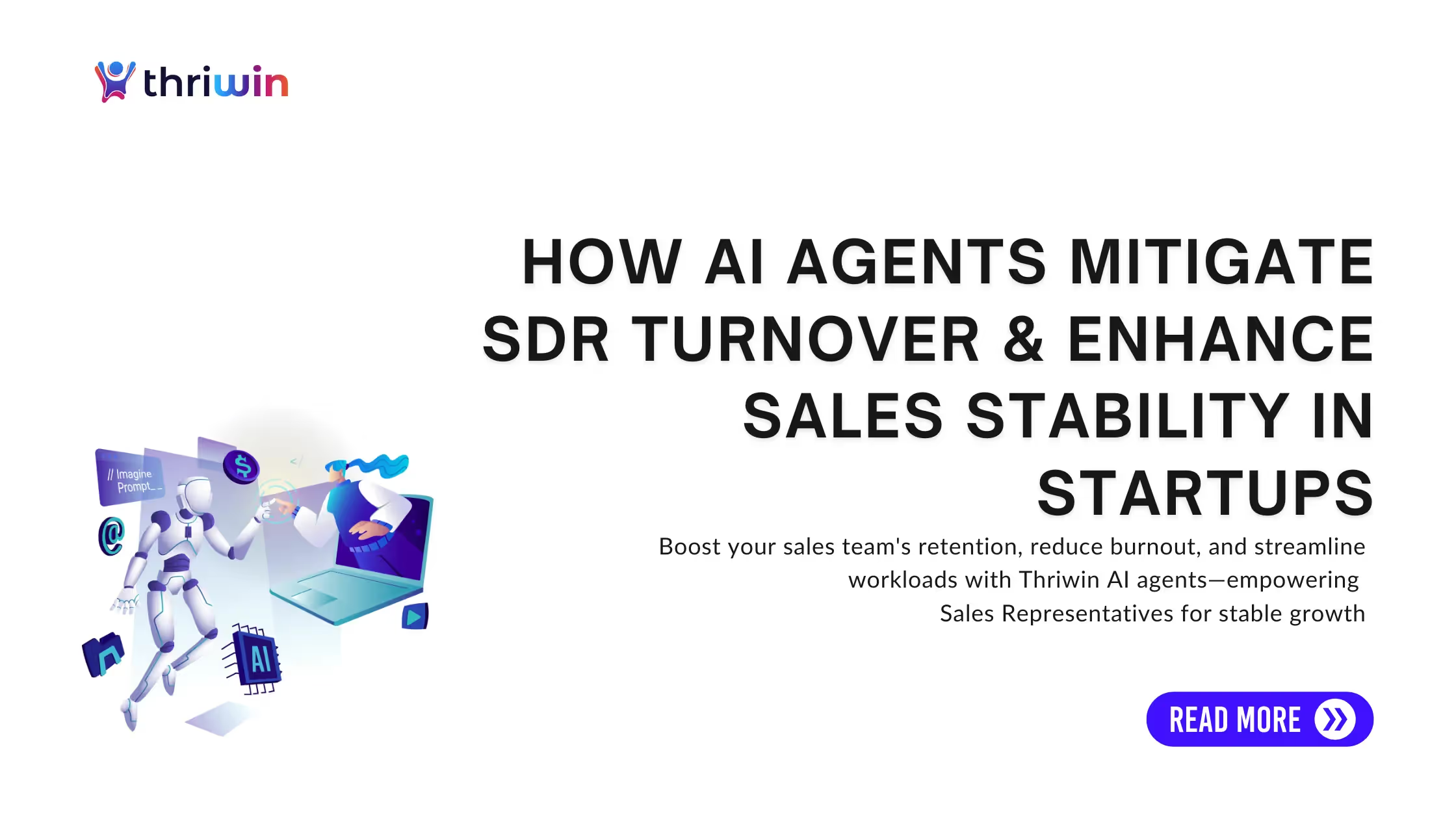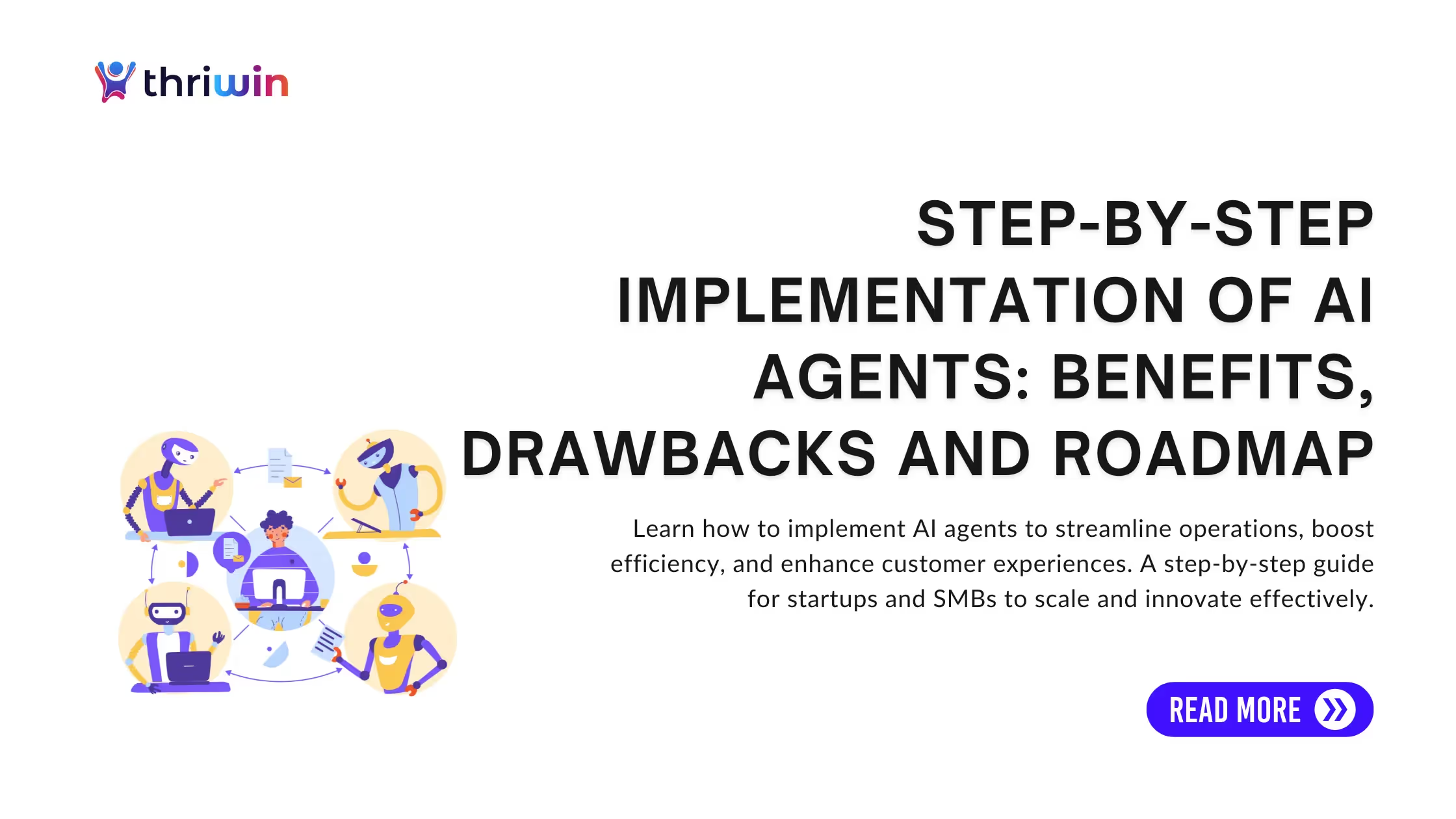How do businesses navigate the growing complexities of automating decisions, streamlining operations, and solving changing problems? For many, the answer lies in AI agents-intelligent systems designed to think, act, and adapt to ever-changing environments.
AI agents are transforming industries by enabling organisations to automate routine work, enhance decision-making processes, and tackle complex challenges with precision. However, not all AI agents are created equal. Each type offers unique capabilities for specific applications, from simple reflex mechanisms to advanced multi-agent collaborations.
This article will explore six key types of AI agents, their functions, and real-world examples. You’ll understand how these agents operate, their impact across industries, and how you can leverage them to drive innovation in your business. Let’s dive in!

1. Simple Reflex Agents
Definition and Functionality
Simple Reflex Agents operate on a straightforward condition-action rule: when a specific condition arises in the environment, the agent responds with a predefined action. These agents do not consider historical data or predict future outcomes. While limited in capability, they excel in situations requiring fast, rule-based responses.
In-Depth Functionality
- Key Characteristics: Reactivity, speed, and efficiency in static environments.
- Limitations: Inability to handle new or complex situations, as they lack adaptability and memory.
- Best Use Cases: Environments where conditions remain constant or predictable.
Real-World Examples
- Robotic vacuum cleaners: Navigate by detecting dirt or obstacles and cleaning rooms efficiently without complex decision-making.
- Automatic streetlights: Turn on or off based on light levels, providing energy-efficient and straightforward solutions.
Simple Reflex Agents are widely used in smart home automation, basic industrial robotics, and agriculture for irrigation systems where conditions are predictable and repetitive.
2. Model-Based Reflex Agents
Definition and Functionality
Model-based reflex Agents improve on simple reflex agents by maintaining an internal model of the environment. This lets them track the current state, infer how the environment might change, and adjust their actions accordingly. These agents are ideal for dynamic environments requiring more sophisticated decision-making.
In-Depth Functionality
- Environment Representation: Uses a stored model to interpret data and anticipate outcomes.
- Enhanced Decision-Making: Able to perform tasks that require context awareness and future predictions.
- Complexity: More computationally demanding than simple reflex agents.
Real-World Examples
- Self-driving cars: Analyze sensor data to predict the actions of other vehicles, adjust speed, and navigate obstacles.
- Autonomous drones: Utilize environmental models to track terrain and adjust their flight paths accordingly.
Model-based reflex agents significantly benefit transportation, defence, and logistics by improving reliability and safety in dynamic environments.
3. Goal-Based Agents
Definition and Functionality
Goal-based agents prioritize actions that bring them closer to a specific objective or goal. Unlike reflex agents, they consider the broader implications of their actions and use planning and search algorithms to determine the best path forward.
In-Depth Functionality
- Goal Evaluation: Considers various potential outcomes to decide on the most effective action.
- Planning Abilities: Uses algorithms like A* or Dijkstra’s Algorithm to plan paths or solve problems.
- Flexibility: Adapts actions based on progress toward the goal.
Real-World Examples
- Navigation systems: Plan optimal routes based on traffic, distance, and user preferences, recalculating fluidly as conditions change.
- Robotic assistants: Perform tasks like assembling products or delivering goods by evaluating and achieving defined goals.
Goal-based agents benefit logistics, supply chain management, and autonomous robotics, where achieving precise objectives is critical.
4. Utility-Based Agents
Definition and Functionality
Utility-Based Agents go beyond goal achievement by evaluating the utility or desirability of different outcomes. They quantify satisfaction levels for various actions and select the one that maximizes overall utility.
In-Depth Functionality
- Multi-Factor Decision-Making: Considers trade-offs between conflicting factors like cost, time, and efficiency.
- Optimization: Designed for environments where multiple criteria must be balanced for an optimal solution.
- Adaptive Behaviour: Adjusts utility calculations in response to changing priorities or constraints.
Real-World Examples
- E-commerce recommendation engines: Suggest products by balancing popularity, user preferences, and pricing.
- Energy-efficient HVAC systems: Optimize heating and cooling based on comfort levels, energy consumption, and costs.
Utility-based agents are crucial in smart energy management, e-commerce, and transportation, where decision-making requires balancing multiple variables to achieve the best results.
5. Learning Agents
Definition and Functionality
Learning Agents have the unique capability to improve over time by learning from experience. They use machine learning and reinforcement learning to enhance performance and adapt to new environments or tasks.
In-Depth Functionality
- Learning Mechanisms: Utilize supervised, unsupervised, or reinforcement learning methods to identify patterns and improve decision-making.
- Adaptability: Continuously evolve by learning from new data and experiences.
- Error Minimisation: Enhance accuracy and efficiency by continually refining algorithms over time.
Real-World Examples
- Fraud detection systems: Monitor and learn from transactional patterns to identify new forms of fraud with minimal human intervention.
- Customer service chatbots: Improve response accuracy by learning from previous interactions and user feedback.
Learning agents drive innovation in finance, healthcare, and customer experience, enabling businesses to meet evolving challenges head-on.
6. Multi-Agent Systems
Definition and Functionality
Multi-agent systems (MAS) consist of multiple agents who collaborate to solve complex problems. Each agent specializes in a specific function, contributing to the system’s efficiency and scalability.
In-Depth Functionality
- Collaboration: Agents communicate to achieve a common goal, dividing tasks to improve efficiency.
- Distributed Intelligence: Eliminates bottlenecks by decentralizing decision-making processes.
- Scalability: Can grow and adapt by adding new agents to meet increased demands.
Real-World Examples
- Smart grid systems: Manage electricity distribution by coordinating multiple agents, optimizing energy flow, and reducing wastage.
- Autonomous fleets: Use agents to coordinate vehicle movement, ensuring safe and efficient transportation.
Multi-agent systems are indispensable in large-scale applications that require distributed intelligence, such as smart cities, supply chain networks, and collaborative robotics.
Applications of AI Agents Across Industries
AI agents have found widespread applications across various industries, transforming operations and enabling innovative solutions.
Healthcare
AI agents are revolutionizing diagnostics, treatment planning, and patient monitoring in healthcare. For instance:
- Diagnostics: AI-powered systems analyze medical images to detect abnormalities, such as tumours, more accurately than traditional methods.
- Personalized Treatment Plans: Utility-based agents recommend tailored treatment protocols based on patient history, genetic data, and real-time health metrics.
- Patient Monitoring: Learning agents in wearable devices track health parameters and alert physicians about critical changes, such as irregular heart rhythms.
By enhancing decision-making and automating routine tasks, AI agents help medical professionals focus on delivering better patient care while reducing operational burdens.
Finance
AI agents play a crucial role in financial services, streamlining transactions, enhancing security, and analysing market trends. Some applications include:
- Fraud Detection: Learning agents monitor transaction patterns to identify suspicious activities, significantly reducing fraudulent transactions.
- Algorithmic Trading: Goal-based agents execute trades by analyzing market data and deciding based on pre-set strategies.
- Risk Management: Utility-based agents assess credit risks and recommend lending decisions based on multi-factor evaluations.
AI agents enable financial institutions to enhance efficiency, accuracy, and security, ultimately delivering improved services to their customers.
Customer Service
The customer service industry benefits immensely from AI agents' ability to handle large-scale interactions with personalization and efficiency:
- Chatbots: AI-driven conversational agents offer instant responses, enhancing customer satisfaction and reducing resolution times.
- Predictive Analytics: Learning agents predict customer needs, offering proactive solutions like product recommendations or service upgrades.
- Omnichannel Support: Multi-agent systems coordinate across various platforms, including email, social media, and chat, to provide consistent support.
These applications enhance customer experiences and enable businesses to scale their support operations seamlessly.
Sales & Compliance Applications
This is where AI agents become true business multipliers for B2B sales teams and compliance managers.
- Goal-Based Agents: Prioritise high-intent leads from CRM and outreach funnels, ensuring SDRs focus on the best opportunities.
- Utility-Based Agents: Balance outreach frequency with compliance requirements, optimising for both engagement and regulatory safety.
- Learning Agents: Continuously refine sales playbooks, adapting email scripts and LinkedIn messaging based on past success rates.
- Multi-Agent Systems: Coordinate sales workflows across email, LinkedIn, and CRM platforms, eliminating silos and accelerating conversions.
- Compliance Monitoring: Agents automatically check outreach campaigns against GDPR, CAN-SPAM, and industry-specific guidelines to reduce risk.
For revenue-driven teams, this means more closed deals with less compliance risk — a dual advantage that Thriwin uniquely delivers.
Challenges and Future Trends in AI Agents
Ethical Considerations
As AI agents become more advanced, ethical challenges arise, including:
- Bias in Decision-Making: Algorithms trained on biased datasets may perpetuate discrimination in critical areas, such as hiring or loan approvals.
- Privacy Concerns: The use of personal data by AI agents necessitates robust frameworks to protect user privacy and make sure compliance with regulations such as the GDPR.
- Accountability: When AI agents make errors, defining accountability-whether it lies with the developers, operators, or users-becomes complex.
Addressing these ethical challenges is essential to building trust and ensuring the responsible deployment of AI agents.
Technological Advancements
Advances in technology are set to redefine AI agents’ capabilities, including:
- Natural Language Processing (NLP): Improved NLP models enable agents to comprehend and answer human language with near-human accuracy.
- Quantum Computing: Quantum systems will enable agents to process and analyse vast amounts of data, solving problems which surpass the abilities of classical computers.
- Autonomous Collaboration: Multi-agent systems will become more efficient, enabling seamless communication and coordination in complex environments, such as smart cities or disaster management.
Staying ahead of these trends will make sure businesses can leverage AI agents for competitive advantage and innovation.
Final Thought
AI agents are no longer just technical add-ons — they are growth multipliers. From simple reflex tools that automate repetitive tasks to multi-agent systems that orchestrate entire workflows, these technologies are shaping how businesses sell, serve, and stay compliant.
For sales-driven organisations, the real advantage lies in orchestration: aligning multiple agents to qualify leads faster, personalise outreach at scale, and maintain compliance without slowing down growth. Companies that embrace this shift will close deals faster, protect their reputation, and stay ahead of competitors still relying on manual processes.
Your competitors are already utilising AI agents to secure more deals and maintain compliance. Partner with Thriwin to learn tailored solutions that empower your business to thrive in the AI-driven era. Contact us today to get started!
FAQ
What are AI agents?
AI agents are systems which are able to perceive their environment and making decisions to achieve specific goals.
How do AI agents differ?
AI agents vary in complexity, from Simple Reflex Agents to Multi-Agent Systems, each tailored for specific functionalities and use cases.
Which industries can benefit from AI agents?
Industries such as healthcare, finance, manufacturing, and logistics can significantly benefit from the efficiency and adaptability of AI agents.
%201.svg)






